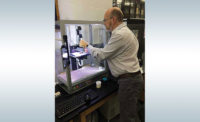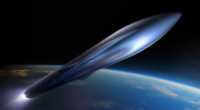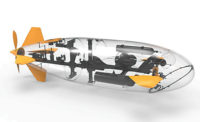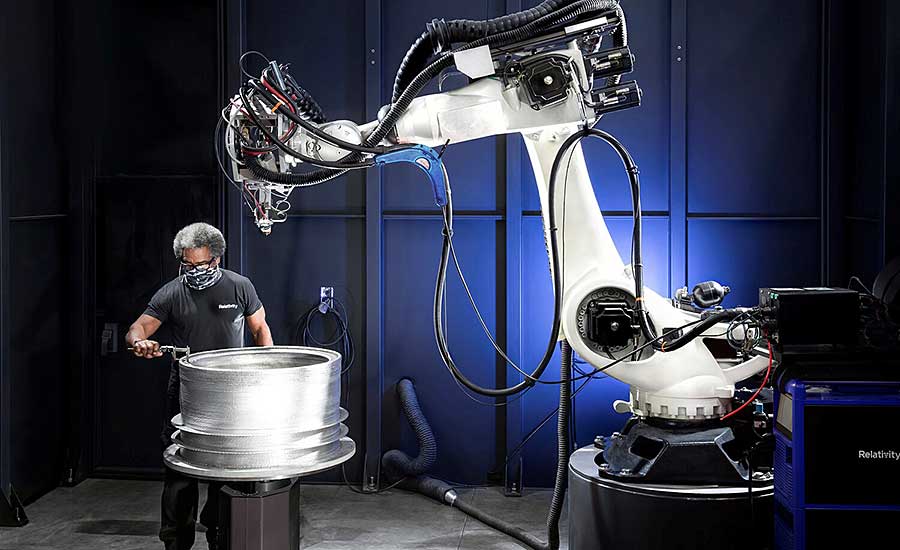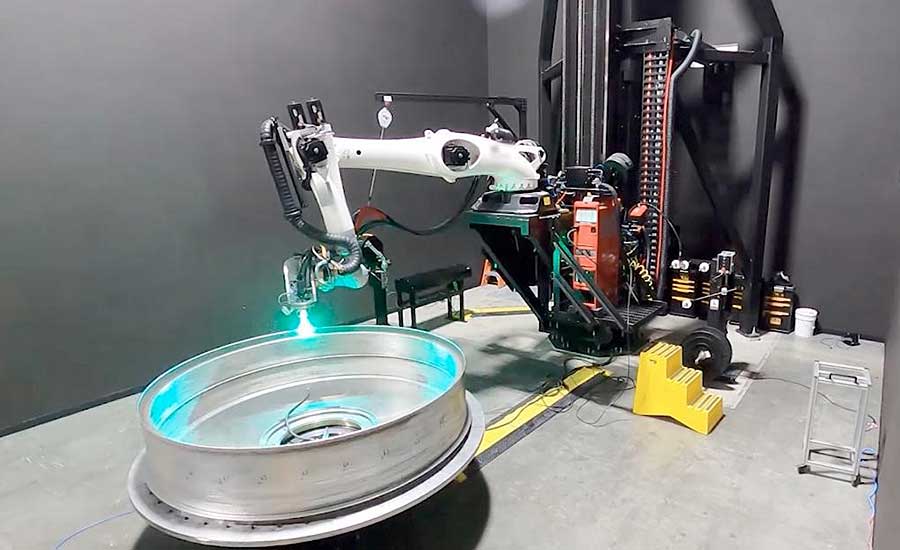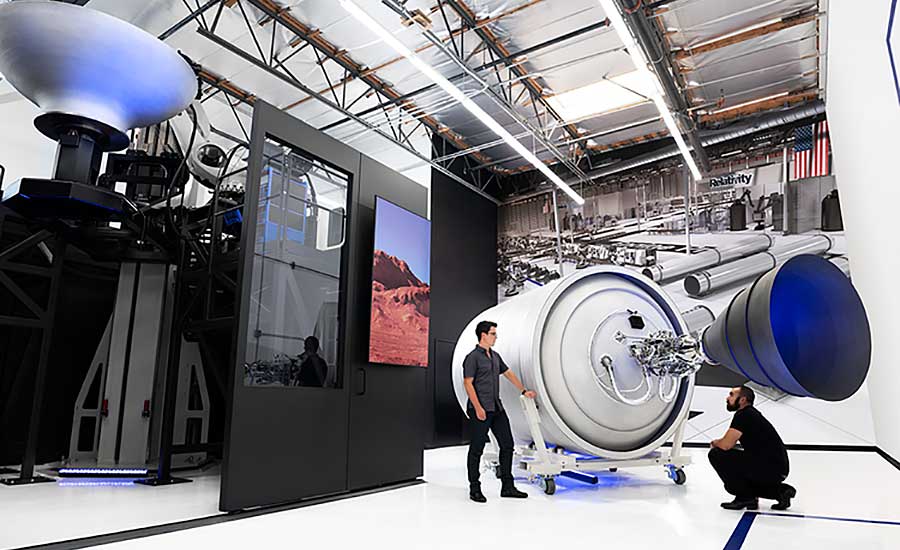Relativity Space Takes 3D Printing to New Extremes



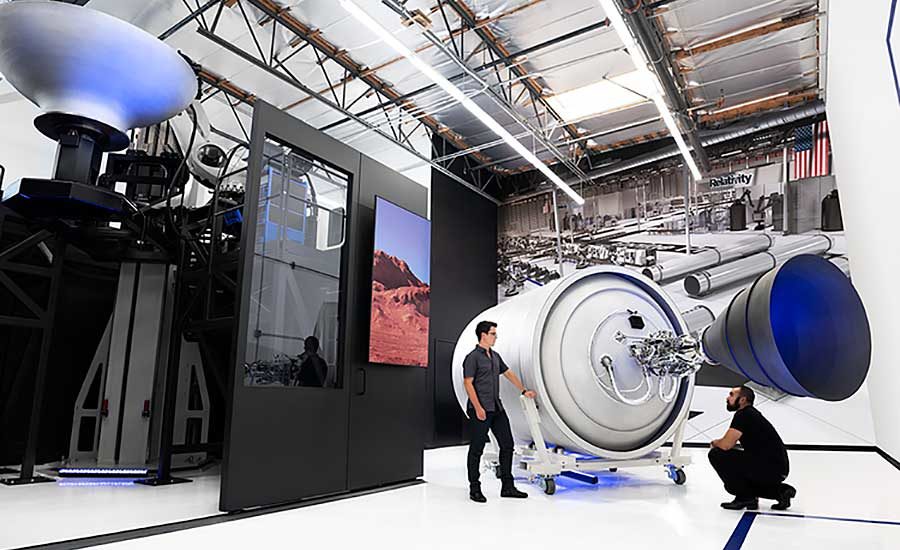






Traditionally, additive manufacturing has been used in the aerospace industry to print small metal parts, such as brackets and fuel nozzles. But, Relativity Space Inc. hopes to change that scenario by thinking big. The start-up company plans to print entire rockets using state-of-the-art technology.
Additive manufacturing “prints” solid objects from a digital file by depositing one layer of material on top of another, rather than starting with a piece of metal and cutting or milling it away. It allows companies to more easily manufacture complex shapes and structures that are difficult to make. There’s also less waste compared to traditional manufacturing techniques, which require longer setup times and higher material costs.
Relativity Space recently acquired a 1-million-square-foot factory in Long Beach, CA, that was once used by Boeing to assemble the C-17 Globemaster military cargo plane. Before that, the 93-acre site was home to McDonnell Douglas, which produced jetliners such as the MD-80 and DC-8 at the site adjacent to Long Beach Airport.
Relativity Space has been transforming the facility into a “factory of the future” centered around Stargate, a machine developed in-house that it claims is the world’s largest 3D printer. The company has also invested in state-of-the-art artificial intelligence technology and robots to boost production efficiency.
With in-process monitoring, a series of Stargate printers will analyze production in real time, detect any quality issues, and use sensors and predictive analytics tools to print structures with extremely tight dimensional tolerances. The machines can produce unique geometries that are not possible using traditional aerospace manufacturing methods.
“Incorporating AI-driven controls, [our] printers continuously optimize production, resulting in exponentially compounded quality and time improvements, lower costs and product designs not possible in traditional aerospace manufacturing,” claims Tim Ellis, CEO of Relativity Space. “As a vertically integrated technology platform, [we are] at the forefront of an inevitable shift toward software-defined manufacturing.
“By fusing 3D printing, artificial intelligence and autonomous robotics, we are pioneering the factory of the future,” says Ellis. “Disrupting 60 years of aerospace, [we] offer a radically simplified supply chain, building a rocket with 100 times fewer parts in less than 60 days.”
Because of additive manufacturing technology, Ellis expects to reduce the part count on a typical rocket from 100,000 to 1,000 components. The company’s six-axis robots can emit about 10 inches of material onto a large turntable fixture every second. The directed energy deposition printing process uses proprietary alloys designed to meet mission-critical performance requirements.
Ellis wants to disrupt and revolutionize the traditional way of mass-producing rockets. In the past, the slow production process has relied on complex supply chains, large factories, fixed tooling and extensive manual labor. The entire assembly process typically takes two years or more.
With his new production paradigm, Ellis intends to reduce the development cycle from 48 months to six months and the actual build time from 24 months to two months.
“We’re on a mission to create an entirely new tech stack for aerospace manufacturing,” explains Ellis. “Building on six years of development to date, we’re now ready to take our in-house developed tools to the next level and create an entire factory operating system to transform aerospace through data, machine learning and an entirely new way of developing products. Relativity is blazing a new path for rockets and aerospace.”
Relativity Space’s two rockets will be used for heavy lift applications, such as launching CubeSats and other small satellites into low-Earth orbit. Its first rocket, dubbed the Terran 1, is scheduled to make its first test flight laterthis year at Cape Canaveral Space Force Station. The Terran R, a larger, fully reusable launch vehicle, is scheduled to lift off in 2024. Both two-stage rockets will sport “Printed in the USA” graphics.
Terran 1 is 115-feet tall and 7.5-feet wide, with a maximum payload capacity of 2,756 pounds. Terran R will be 216-feet tall and 16-feet in diameter, with a payload capacity of 44,100 pounds.
The rockets’ engines, which will also feature printed parts, will be fueled with liquid methane and liquid oxygen. The first stage of the Terran 1 will be powered by nine Aeon 1 engines that will each produce 23,000 pounds of force at launch. The Terran R will use seven Aeon R engines. The second stages of both rockets will be powered by one Aeon 1 Vacuum engine that will generate up to 28,300 pounds of force.
Relativity Space claims that the Terran 1 is the most pre-sold rocket in history prior to launch. The company has already secured contracts from both commercial and government entities, including NASA.
Looking for a reprint of this article?
From high-res PDFs to custom plaques, order your copy today!




